![]()
 Petralia Soprana is a charming medieval town in north-central Sicily, at the inland foot of the Madonie mountain range that separates the cheerful Cefalù coast from the hopeless inland hills. It has everything you need: winding medieval streets, a Baroque cathedral of Romanesque origins, a Norman castle which was converted into a Carmelite monastery after the Arab threat has passed, its weekly Friday market, on which day it is forbidden to enter the city from 9 am to 1 pm, a begun but never finished highway, on the six pillars of which a car park has been arranged, and, last but not least, a town hall, with a pastry shop below, and a small park in front with a monument to the fallen heroes.
Petralia Soprana is a charming medieval town in north-central Sicily, at the inland foot of the Madonie mountain range that separates the cheerful Cefalù coast from the hopeless inland hills. It has everything you need: winding medieval streets, a Baroque cathedral of Romanesque origins, a Norman castle which was converted into a Carmelite monastery after the Arab threat has passed, its weekly Friday market, on which day it is forbidden to enter the city from 9 am to 1 pm, a begun but never finished highway, on the six pillars of which a car park has been arranged, and, last but not least, a town hall, with a pastry shop below, and a small park in front with a monument to the fallen heroes.
Today, in the age of democracy, the small park is called Piazza del Popolo, but in the anti-democratic age it was called Vecchia Vuccirìa. In the Sicilian language, vuccirìa means cacophony and confusion, in which today’s speakers tend to recognize the root voce, ʻword, sound’, but this is a false etymology. The name actually comes from the French word boucherie, cattle market, and the noise associated with such markets leads to the word’s modern meaning.
The ʻcattle market’ lends a special second meaning to the monument in the middle, which, according to tradition, commemorates those massacred in the war. The monument was dreamed up in 1929 by Antonio Ugo (1870-1950), a prolific sculptor during Fascism, head of the sculpture department of the Accademy of Fine Arts in Palermo, in the popular “Novecento” monumental classicist style of the period, which was so close to other – German or Soviet – imperial styles. The young Roman warrior going to war swears to defend his country with his sword held above a burning altar, like Mucius Scaevola. From under his arm, his anxious old mother peers at the altar, which is probably decorated with the motif of the Eucharist for her – and for Petralia Soprana’s similar old women’s – sake. On the other side, the hero is supported by his wife in going to war, only she knows why. Her arm embraces their Michelangeloesque child, who is partly secretly grieving his father’s heroic decision, partly drawing strength from his mother’s clothes for the time after his father’s fall, which is what this post is about.
Strangely enough, there is no inscription on the monument, although space was left for it, and the holes of the dowels fixing the former marble tablets are still visible.
We are probably dealing with another case of the historical cognitive dissonance which, as we have seen, is so characteristic of the small towns in Sicily. Mussolini’s rule brought development and public security to Sicily, and a harsh suppression of the mafia, which was only restored to its former monopoly by the Anglo-Saxon landings in 1943. The island therefore finds it difficult to give up its Mussolini-era monuments, which remind them of a bygone golden age that has not been reached since. In the main squares of small towns, Mussolini’s frasi celebri can still be read, and still there are sculptures and statues from his era. In the neighboring Gangi, the nationalist memorial plaque of 1936 was first removed in 1945, and then put back due to popular pressure. Probably this monument also had some dedicatory inscription which it was thought better to remove. The monument speaks for itself eloquently enough.
In the photo above, on the corner house overlooking the monument – which may have been an office or a party center – you can still see that under the balcony there was once a text painted in the font typical of public Mussolini quotes. What exactly it was, can be told only by the dwindling age group that can still browse the frasi celebri in their memory and identify the still readable groups of letters.
Much more interesting historical documents are the still-preserved inscriptions that were painted on the façade in May 1946, long after the fall of Mussolini, and which celebrate the monarchy and the king.
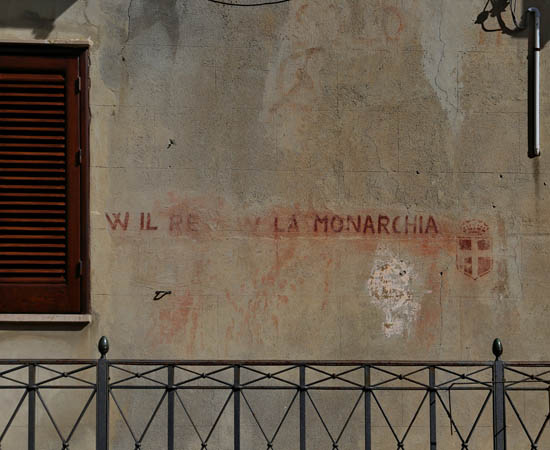 “Long live the King! Long live the monarchy!” The hammers and sickles that were faded above and below were not repainted like the royalist inscriptions.
“Long live the King! Long live the monarchy!” The hammers and sickles that were faded above and below were not repainted like the royalist inscriptions.
These inscriptions are perhaps unique survivors of a campaign that preceded the June 2, 1946 referendum on Italy’s form of government.
The question of the form of government caused tensions in the domestic politics of united Italy from the very beginning. The spiritual father of the unified Italian state, Giuseppe Mazzini, who founded the Giovine Italia movement in 1831, dreamed of this state as a democratic republic that would abolish all previous kingdoms. However, the unification of Italy was ultimately carried out under the leadership of the king of Sardinia and Piedmont, in reality as a kind of internal colonization. Garibaldi, who united the country from the south, from Sicily, was indeed a republican, but for the sake of a unified Italy, he finally handed over his conquests to Victor Emanuel II. This even made some of his party colleagues consider him a traitor. The opposition between republicans and monarchists determined the entire domestic politics of Italy until Mussolini came to power in 1922.
After the fall of Mussolini on July 25, 1943, the question gained new relevance. The king fled to southern Italy, controlled by Anglo-Saxon troops, and virtually became a lame duck. In addition, he had already compromised himself by appointing Mussolini in 1922, and supporting his dictatorship for twenty years. In the North, occupied by the Germans, the republican parties were illegally re-established, and participated in the anti-German partisan movement. Therefore, after the liberation of the country on April 25, 1945, they demanded a referendum on the form of government.
One month before the referendum, Victor Emanuel III passed the throne to his son Umberto, whose name is still given to squares in Sicily. This change dates the Petralia campaign inscriptions to May 1946..
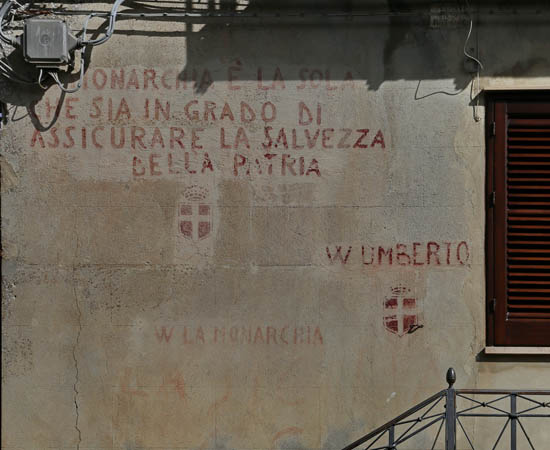 “The monarchy is the only one that can guarantee the salvation of the homeland. Long live Umberto! Long live the monarchy!”
“The monarchy is the only one that can guarantee the salvation of the homeland. Long live Umberto! Long live the monarchy!”
The June 2 referendum was the first in Italy to take place on the basis of universal suffrage, i.e. women could also participate in it. Less than half of the population of 45 million cast valid votes, of which 12 million voted for the republic and 10 million for the monarchy. After the proclamation of the republic on June 11, King Umberto handed over the power to the new president, Alcide De Gasperi, and then went into exile.
By projecting the votes on the map, we can see how much the issue divided the country. Roughly to the north of Rome, supporters of the republic predominated, and supporters of the monarchy to the south of it. In eastern Sicily, where Petralia is located, the monarchy achieved more than two thirds. This might be also the reason of the survival of the monarchist campaign inscriptions in Petralia, as silent witnesses of the resistance against the colonizing North.



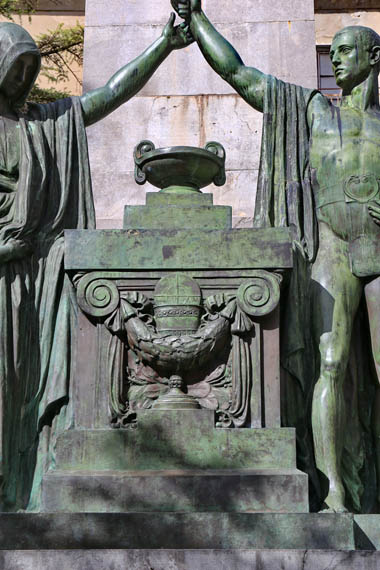
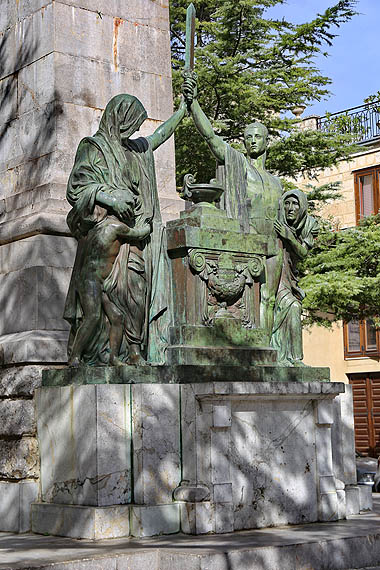
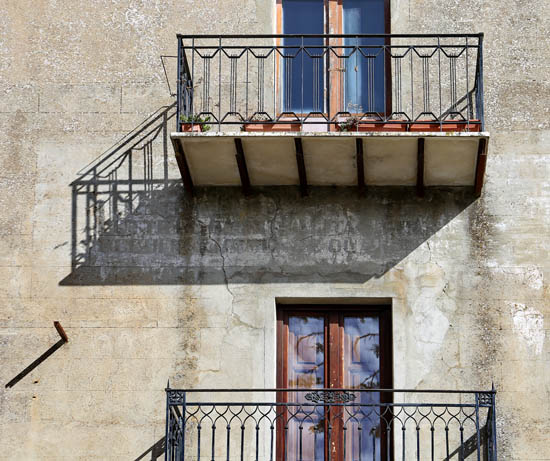
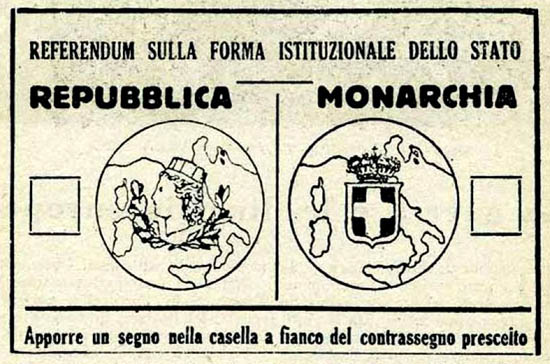
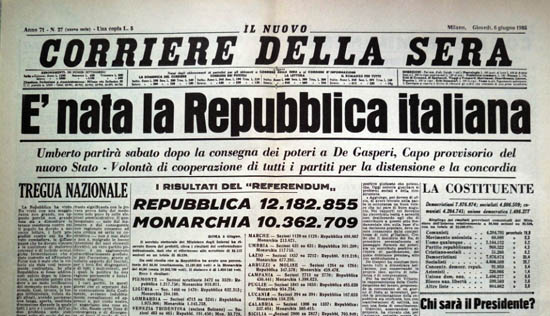
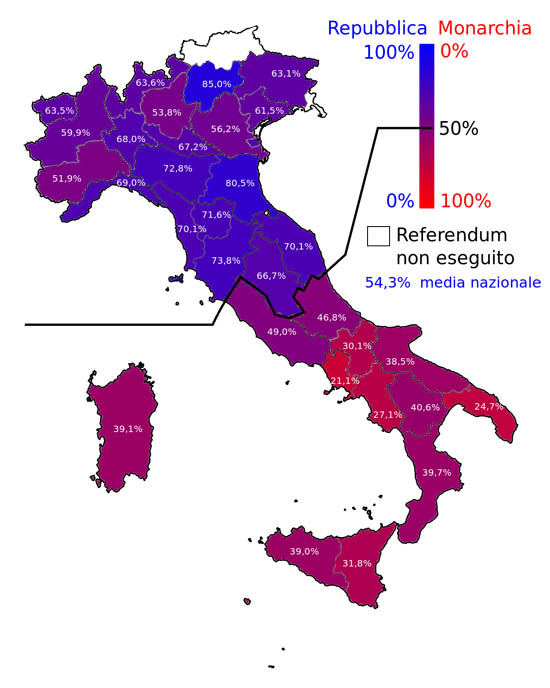
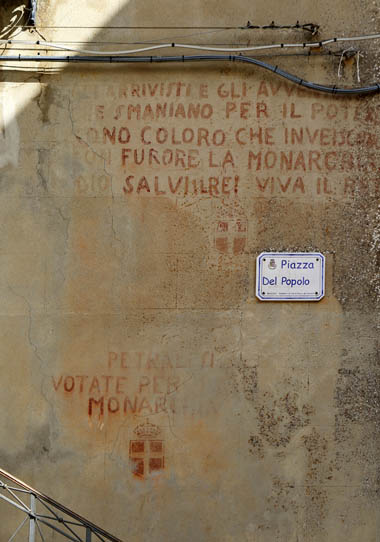

























































No hay comentarios:
Publicar un comentario